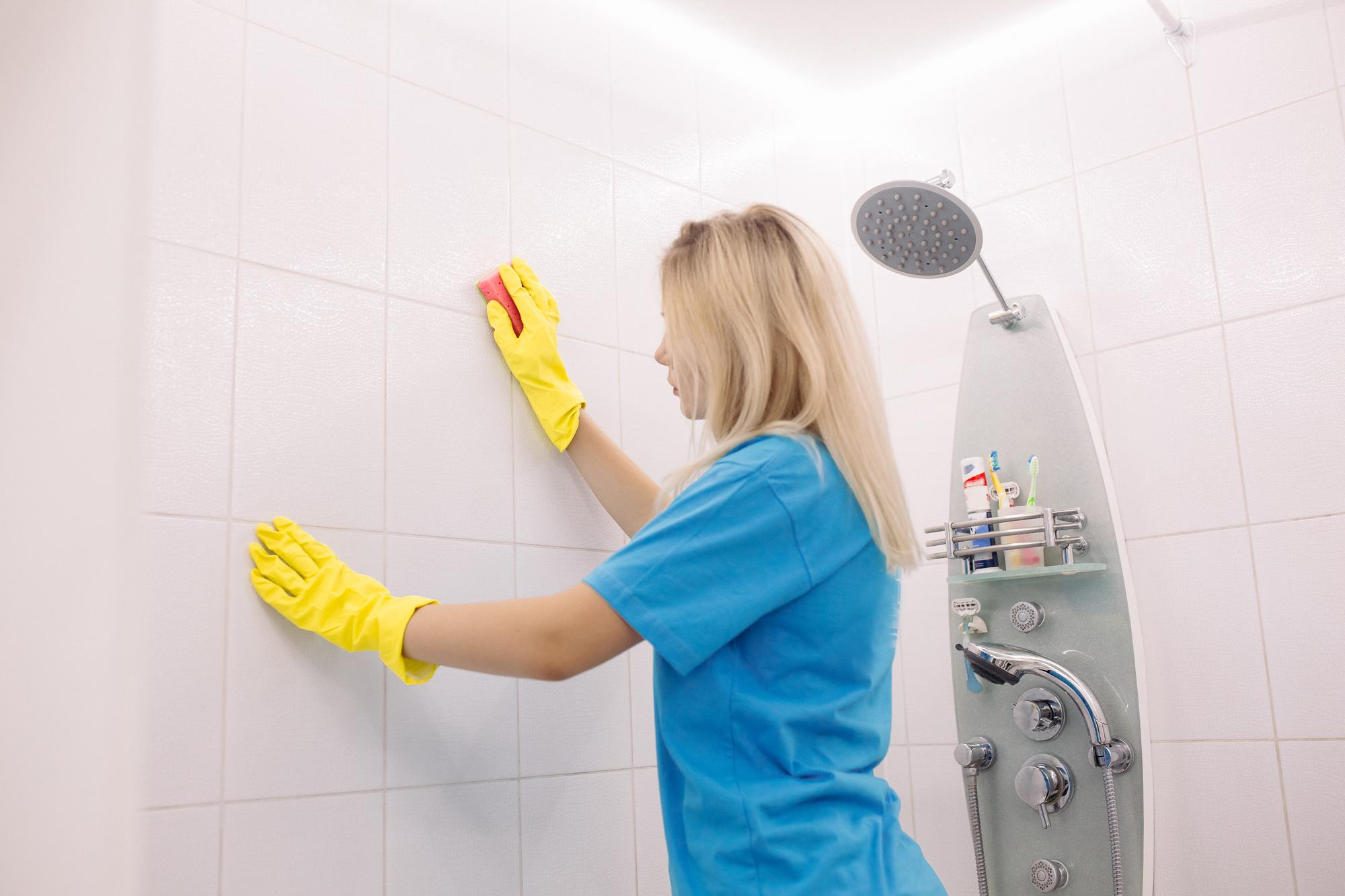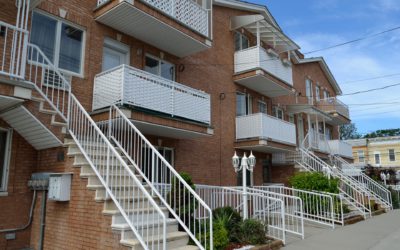Bathrooms, given their specific environmental attributes, inadvertently become hotspots for tiny invaders. But what factors magnetize these minuscule pests to such spaces?
The synergy of moisture, abundant food sources, and relative seclusion in bathrooms makes them vulnerable to gnat invasions. Tackling these core issues can aid in diminishing the occurrence of gnats in bathroom locales.
What Causes Gnats in Bathroom
The Attraction of Moisture
Inherently, bathrooms are zones of heightened humidity, making them prime territories for various pests, notably gnats in bathroom environments. This affinity gnats have for damp areas isn’t merely coincidental but is anchored in their biological imperatives.
For gnats, moisture-laden spaces are more than just attractive, they’re essential for their reproductive cycle. Water remnants, be it from showers, baths, or even the mist on bathroom tiles, crafts the ideal milieu for these insects.
The Allure of Soap Scum and Hair
While bathrooms are designed for cleanliness, they often become repositories for organic remnants, notably soap residue and fallen hair.
Soap residue, a fusion of soap particles, water, and minerals, creates a film that can trap and hold moisture for prolonged durations. This consistent dampness offers an idyllic habitat for gnats, given their innate attraction to moist locales. Moreover, trapped within this filmy layer are minuscule organic fragments, serving as a feast for these pests.
In a parallel manner, strands of hair, shed during daily routines, can mesh with other detritus, forming dense clusters of organic material.
Overflows and Rarely Used Drains
When drains aren’t frequently used, they can harbor pools of still water. Coupled with the inherent darkness of the drainage pathways, this creates a perfect haven for gnats. Such locales not only provide the moisture these pests gravitate towards but also a sheltered realm for their breeding endeavors.
Additionally, over time, drains can collect an assortment of organic materials, from fallen hair to soap remnants. As this matter starts to break down, it emits an enticing scent, luring gnats. This organic smorgasbord not only nourishes them but also presents an optimal environment for egg deposition.
Beyond this, the convoluted design of a bathroom’s drainage infrastructure affords gnats a refuge from potential threats, enabling them to multiply in relative obscurity.
Seldom-Used Bathrooms
Bathrooms that aren’t regularly used can inadvertently create the perfect conditions for gnat proliferation. Residual water in drains, basins, or bathtubs, without consistent flow, can become stagnant. Such still water is an ideal breeding zone for gnats, providing the dampness they inherently seek for reproduction.
Moreover, the absence of routine cleaning and ventilation in these bathrooms leads to the build-up of organic remnants, from leftover soap to tiny fragments of skin. This accumulated matter, left unchecked, serves as a rich feeding ground for gnats, catering to their nutritional needs.
Additionally, the serene environment of a rarely accessed bathroom offers gnats a haven free from regular human interference. In the absence of consistent disturbances from water usage or cleaning activities, gnats encounter a consistent environment in which they can flourish.
Bathroom Plants
Many bathroom plants hail from tropical environments and thus, thrive in humid conditions. This preference for humidity means their soil remains consistently damp, offering gnats an ideal locale for reproduction.
Beyond this, the nutrient-dense composition of the soil, teeming with decomposing organic elements, provides a banquet for gnats. As these organic particles degrade, they emit aromatic compounds, acting as beacons, drawing gnats towards them.
Moreover, the dense foliage of bathroom plants provides gnats with a protective enclave, shielding them from external disturbances and offering a tranquil zone for their growth.
How to Get Rid of Gnats in Bathroom
Vinegar Traps
Apple cider vinegar, with its distinct aroma, acts as a magnet for gnats. They’re enticed by its scent, often confusing it with fermenting fruit, a favored gnat delicacy. However, once they’re drawn in, the liquid’s properties make it difficult for them to take flight again, causing them to become trapped.
To set up an effective vinegar trap, pour apple cider vinegar into a flat container, integrating a few droplets of dish soap to disrupt the liquid’s surface tension, ensuring gnats remain ensnared. For an added lure, consider placing a segment of ripe fruit into the mix. Seal the container with cling film, making tiny perforations to allow gnats access but complicating their departure.
Place this concoction in areas where gnats frequent, especially close to moisture sources.
Essential Oils
Essential oils, with their concentrated botanical essences, carry properties that gnats find off-putting. Their intense fragrances not only elevate the olfactory experience of a bathroom but also establish a zone that gnats find inhospitable. The active compounds within these oils disrupt the gnats’ sensory mechanisms, deterring them from settling and breeding.
Oils like lavender, citronella, and lemongrass are especially formidable against gnats. To employ their repellent qualities, mix several drops of the preferred essential oil with water in a spray container. Dispense this concoction generously around the bathroom, emphasizing areas where gnats congregate, such as near moisture sources. For prolonged efficacy, strategically position cotton pads drenched in these oil mixtures.
Lemon and Baking Soda
When contemplating how to get rid of gnats in bathroom areas, many individuals gravitate towards eco-friendly solutions. Among the plethora of options, the combination of lemon and baking soda stands out as an effective, nature-based deterrent against these tiny nuisances.
Lemons, with their inherent acidity and zesty aroma, play a dual role. Their strong scent acts as a natural gnat repellent, making the surroundings less appealing to these pests. Additionally, the citric acid in lemons is detrimental to gnat larvae, inhibiting their growth and subsequent infestation.
In contrast, baking soda, known for its basic nature, creates an environment that’s inhospitable for gnats. When gnats encounter baking soda, it disrupts their physiological balance, particularly affecting the more susceptible larvae.
To utilize this potent pair, begin by dispersing lemon slices in areas frequented by gnats. Next, distribute baking soda generously in moist regions, focusing on drains. For a more concentrated impact, blend lemon juice with baking soda to form a paste, applying it directly to gnat hotspots, ensuring prolonged and intensified effects.
Proactive Steps to Prevent Gnats in Bathroom
Ensuring Proper Ventilation
Modern bathrooms, designed for relaxation and convenience, can unintentionally become breeding grounds for unwanted pests without the right care. Among the essential aspects of this care is the implementation of proper ventilation. This element, often overlooked, is vital in thwarting the onset of gnats in bathroom spaces.
Drawn to moisture-rich and still environments, gnats find unventilated bathrooms to be perfect habitats. The consistent moisture, typical in bathrooms due to frequent water usage, can be enticing for these tiny pests if ventilation is compromised. The appearance of gnats in bathroom areas can also hint at deeper moisture challenges, including potential mold growth.
Adopting robust ventilation methods, whether they’re natural solutions or mechanical systems, can significantly diminish the moisture content, making it unfavorable for gnat infestation. Moreover, effective ventilation can enhance the lifespan of bathroom amenities by curbing the adverse impacts of continuous moisture exposure.
Fixing Leaks Promptly
Tackling leaks without delay is crucial, not just for preserving the integrity of one’s home but also to stave off these irritating invaders.
The stark contrast between a seemingly harmless leak and the substantial challenges it can introduce underscores the essence of timely home repairs. Nipping leaks in the bud stops the formation of a welcoming environment for gnats in bathroom spaces, ensuring cleanliness and utility. Recognizing the intertwined nature of home elements and their potential outcomes empowers homeowners to act promptly, shielding their homes from both apparent and concealed hazards.
Dry Wet Areas
Inherent to their purpose, bathrooms are zones frequently exposed to water. Adopting a consistent approach to drying out areas after water usage becomes an effective preventive measure. This can be achieved either through manually wiping down surfaces with absorbent cloths or employing tools like dehumidifiers.
After showers or baths, make sure to dry off any standing water on the floors or countertops.
Ensuring dryness serves a dual purpose, it deters gnats in bathroom spaces and helps maintain the overall health of the bathroom infrastructure.






0 Comments